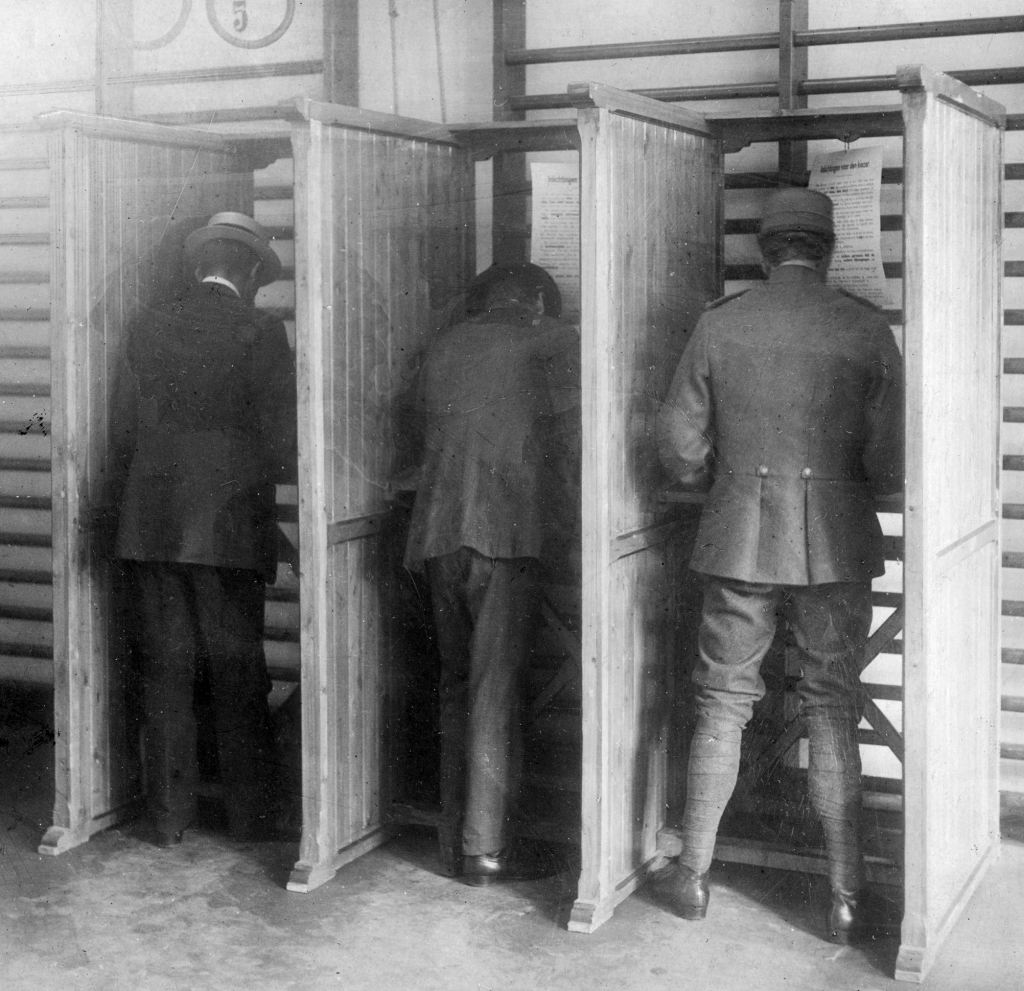
Estonia frequently celebrated for its prowess in e-governance, stands at the forefront of global digital transformation. The country (often called E-stonia) began its digital odyssey in the 1990s, not long after its independence. Estonian policymakers were bestowed with a unique opportunity to begin with a blank bureaucratic canvas. With a firm belief in the burgeoning potential of the internet and the importance of innovation, they charted a course for the nation, propelling it into a position where it could rapidly advance to become one of the world’s most sophisticated e-societies. In this article, we discuss 4 promising digital developments in the country.
- Estonia is leading the world with its e-revolution.
- Part of this revolution are digital public services, digital entrepreneurship, Industry 4.0 and e-learning.
Digital public services
Estonia’s digital public services are the envy of many countries. These services are not limited to weekday office hours; instead, they are available 24/7 to Estonians and e-residents alike. Everything from tax filings to healthcare records is just a few clicks away. This ease of access is all thanks to a national ID system, launched in 2002, which has become an integral part of the Estonian digital ecosystem. The system’s efficiency is such that it allows citizens to complete their taxes in under five minutes.
Digital entrepreneurship
A significant aspect of Estonia’s digital society is its e-Residency programme. Launched in 2014, the programme allows individuals worldwide to start and manage businesses in Estonia without living in the country. Since its inception, the programme has seen over 50,000 applications.
This digital entrepreneurship is further encouraged by Estonia’s thriving start-up culture. The country has more tech-based unicorns per capita than any other small country, a testament to the fertile ground that Estonia’s digital society provides for innovative ideas.

Industry 4.0
The digital wave extends to the industrial sector as well. For over two decades, Estonia has been applying technology to solve industrial challenges, including robotics and sensor development.
Companies like ABB, Columbus, and Nortal have played a significant role in this digital transformation. Their work in developing sensors and control systems has not only made Estonia a leader in industrial automation but also proven the country’s ICT sector to be a valuable partner for industrial enterprises worldwide.
E-learning
Another promising digital aspect in Estonia, is its innovative approach to education technology. Estonia has made significant strides in using digital tools and platforms to enhance its education system. The country has developed a comprehensive e-learning infrastructure, allowing students to access digital textbooks, educational apps, and interactive online resources.. Its forward-thinking initiatives like the “Tiger Leap” program, which introduces coding and robotics to students as early as the first grade, demonstrate Estonia’s dedication to nurturing the next generation of tech-savvy individuals.
Cybersecurity and digital threats
While the journey to becoming a digital society has been largely successful, Estonia has faced its fair share of challenges. Cyber threats and attacks have posed significant roadblocks in the country’s digital transformation journey.
In 2022, Estonia announced that it had successfully thwarted “the most extensive cyberattacks since 2007.” This development came shortly after the removal of Soviet monuments in an area predominantly inhabited by ethnic Russians. The responsibility for these attacks was claimed by the Russian hacker group known as Killnet, which, via its Telegram account, declared that it had disrupted access to over 200 Estonian state and private institutions, including the online citizen identification system.
Cyber threats continue to be a sensitive issue in Estonia. However, the country continues to take strides in expanding its digital footprint.

